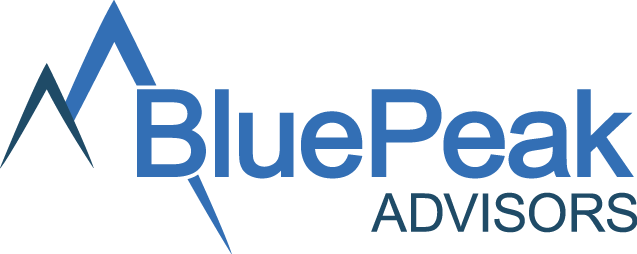The Centers for Medicare & Medicaid Services (CMS) released an HPMS memo on August 20, 2019 providing an overview of the upcoming changes to program audits through 2021. These changes were out for a 60-day comment period with comments being requested by October 15, 2019. On December 27, 2019, CMS released additional changes to the 2020 Audit Protocols for an additional 30-day comment period that were due by January 27, 2020.
One of the noteworthy additions to the CPE protocols was a new question on the Compliance Officer Questionnaire on how Compliance oversees the call routing process to ensure incoming calls are properly classified and processed. This reinforces CMS’ continued focus on accurate and compliant call classification and disposition and their expectation that compliance over-see this critical member touchpoint.
Accurate call classification is on an-going issue for many plans and their delegates. Calls are often misclassified between grievances and appeals. In addition, plans are frequently cited for failure to recognize and act upon requests for coverage determinations or organization determinations. In many cases, findings reveal that a call fits in more than one category and all elements of the call are not addressed.
Call Center Representatives have the difficult job of interfacing with members and seldom do members articulate their needs in a way that necessarily lines up with the CMS vernacular. Given the complexity, what can a Compliance Department do to ensure appropriate awareness and oversight in line with CMS’ expectations?
Review Classification Listing and Reporting
Review your call categories and determine if they make it easy and intuitive for the representative to make the right category selection. Having too many categories or similar categories with unclear distinctions can lead to inconsistent and inaccurate call classification. Also review for trends in a miscellaneous category that might suggest additional categories are needed.
Frequent Call Log and Audio Recording Review
Call logs and audio recordings provide significant insight into the member call experience. Keep in mind that call log review and listening to audio recordings of calls is not just the call center supervisor’s job. Best practice is to engage individuals from different levels of the organization in call review in order to identify inter-departmental issues that could unknowingly be impeding the ability to deliver excellent customer service.
General items to review for include, but are not limited to:
- Do the call history and notes accurately reflect what occurred on the call?
- Were the issues identified, correctly classified and routed appropriately for handling?
- How was the call resolved? Did the caller receive all promised call backs and follow-up?
- If a grievance, organization/coverage determination or appeal were a part of the call discussion, was the issue identified and can it be tracked to completion?
- Did the representative conduct necessary outreach?
- Is the information that the representative provided accurate?
- Has the representative resolved the caller’s issue effectively? (Are follow-up calls found on the same issue?)
- While not addressed in CMS compliance standards, poor documentation that includes misspellings, bad grammar, or negative comments about customers leave a poor impression on auditors. Solid documentation on the other hand could avoid an auditor listening to an audio recording in an audit situation.
- Long hold times with no check-in or follow-up with the customer may indicate poor training, lack of knowledge, or internal process failures.
- Background noises, side conversations or comments made on hold should also be noted for feedback.
Quality Review and Evaluation Process for Customer Service Calls
Customer Service Agents should be scored on the results of call log review and audio recording review. When developing a scoring system, higher weight should be given to areas such as:
- CMS Program Audit Common Findings
- CMS Surveillance Call measures
- Beneficiary impact
- Part C/D Reporting measures
- Part C/D Star Rating measures
Timely Feedback
Based upon the results of audio recording and call log reviews, feedback and training should be provided to the call center representatives. If scenarios that are confusing or complicated are observed share results with all call center representatives.
Mock Call Center Audit
Mock audits are an opportunity to get an external perspective on your call classification and handling process from veteran auditors. Blue Peak’s end to end call log review includes the following:
- Part C and/or Part D Call Log Review
- BluePeak staff will review call logs and use algorithms to identify calls at a high risk of non-compliance.
- Call Recording and Webinar Review
- BluePeak staff will select targeted samples from calls identified in its initial review as being at a high risk for non-compliance.
- BluePeak will listen to those call recordings to confirm incoming calls were appropriately classified.
- BluePeak will conduct webinar reviews and listen to audio calls in coordination with your customer service team to provide feedback and identify issues and potential conditions that could arise in a CMS audit.
- BluePeak will provide a report of issues identified, likely CMS conditions, and suggested remediation steps.
- Training and Process Improvement
- Based on review results or as a standalone service, BluePeak can provide customized training to ensure accurate call classification, by teaching representatives to listen for the key words that CMS targets
- BluePeak can also help develop and implement process improvements to keep misclassification issues from resurfacing
